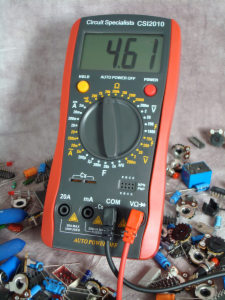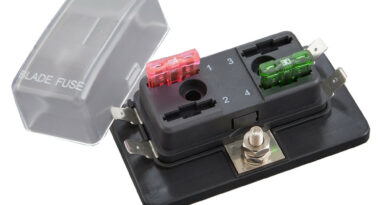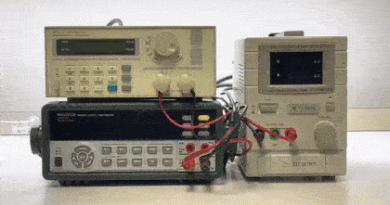Using a Digital Multimeter to Locate a Buried Cable Fault
A digital multimeter with capacitance testing feature can be used to locate the approximate position of a broken coaxial cable. This method exploits the capacitance per foot properties of coaxial cable. Most modern digital multimeters have a capacitance testing feature available on the meter. If the manufacturer of the coax cable is known, the data sheet

specifications of the cable should be obtained. The specifications will contain the capacitance per foot value of the cable. Most coax cable of a particular type (ie. RG58, RG59, RG6 etc.) have very similar capacitance characteristics so this value may be estimated if the manufacturers data is not available. Once the approximate capacitance per foot value is known, the coax under test is connected to the multimeter. This can be done by stripping the end of the coax or by fabricating a short “pigtail” lead that will allow the existing coax connector to be connected to the meter. Now read the capacitance value displayed on the multimeter and calculate the distance to the open circuit using the capacitance per foot value from the spec sheet. I tried out this technique on a random length of RG 6U cable that was laying around the shop. I measured a capacitance value of 413 pf using the Circuit Specialists CSI2010 low cost multimeter. Using the value of 17 pf per foot from the data sheet, I calculated the length of the cable at 24.3 feet (24 feet 3.6 inches). A physical measurement of the cable piece yielded a length of 24 Feet 5 inches. So we see that the result was within a couple of inches of the actual length.
This easy to use technique yielded excellent results even using a low cost digital multimeter to perform the measurement. Although this method does not replace a high cost cable testing unit using TDR measurement techniques, it does provide a simple, reliable, low cost method for finding a broken cable in an existing installation.

